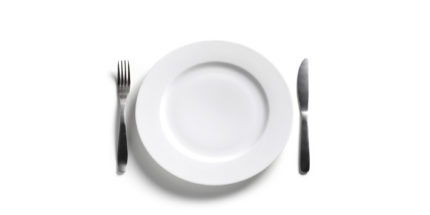How many times have you devoured the entire box of mac and cheese (Come on, you tell yourself, it’s not that much), only to scan the label and realize you just consumed 2.5 servings of the stuff?
Foiled again by the food label! It’s tough to avoid, according to a new study commissioned by the FDA and published in the Journal of the Academy of Nutrition and Dietetics. In an effort to determine which design conveyed health information the most clearly, researchers redesigned food labels and tested them against standard ones. In one tweak, for instance, nutritional information was divvied into two columns when a package contained multiple servings: The first column indicated stats for a single serving, while the second offered nutritional details on the entire package. In another tweak, packages were only labeled with the latter info.
Researchers then assigned these labels to a bag of chips and a frozen meal—foods that would typically be consumed in one sitting, even though they’re listed as containing more than one serving—and tested them on a group of consumers. No surprise here: Participants were more likely to consider a food “healthy” if they only saw nutritional info on a single serving, which is what’s currently on labels.
More from Prevention: 5 Ways To Spot A Health Food
That matters, say researchers, because even though we might not be too good at decoding them, more than 70% of American adults read food labels. Unfortunately, the FDA hasn’t updated them in the past 20 years—and this latest research signals that it might be time for a revamp. While the agency mulls their options, check out the three most important nutritional details to scan for:
Ingredients. Read the ingredients in every packaged food you eat, and you’re bound to find some surprises. (We counted at least 10 sneaky names for sugar.) “The ingredients are listed from highest—or biggest component of the product—to the smallest,” says Susan Shapiro, Ph.D., a registered dietitian in Los Angeles. But even if salt is last, you still might be getting a whole lot of sodium.
Conversion. And you thought math stopped in college! “It’s not on the box, but people need to know this: 28 grams equals one ounce,” Shapiro says. A serving of cheese, for instance, is a single ounce—equivalent to the end of your pointer finger…
Read More: prevention.com


